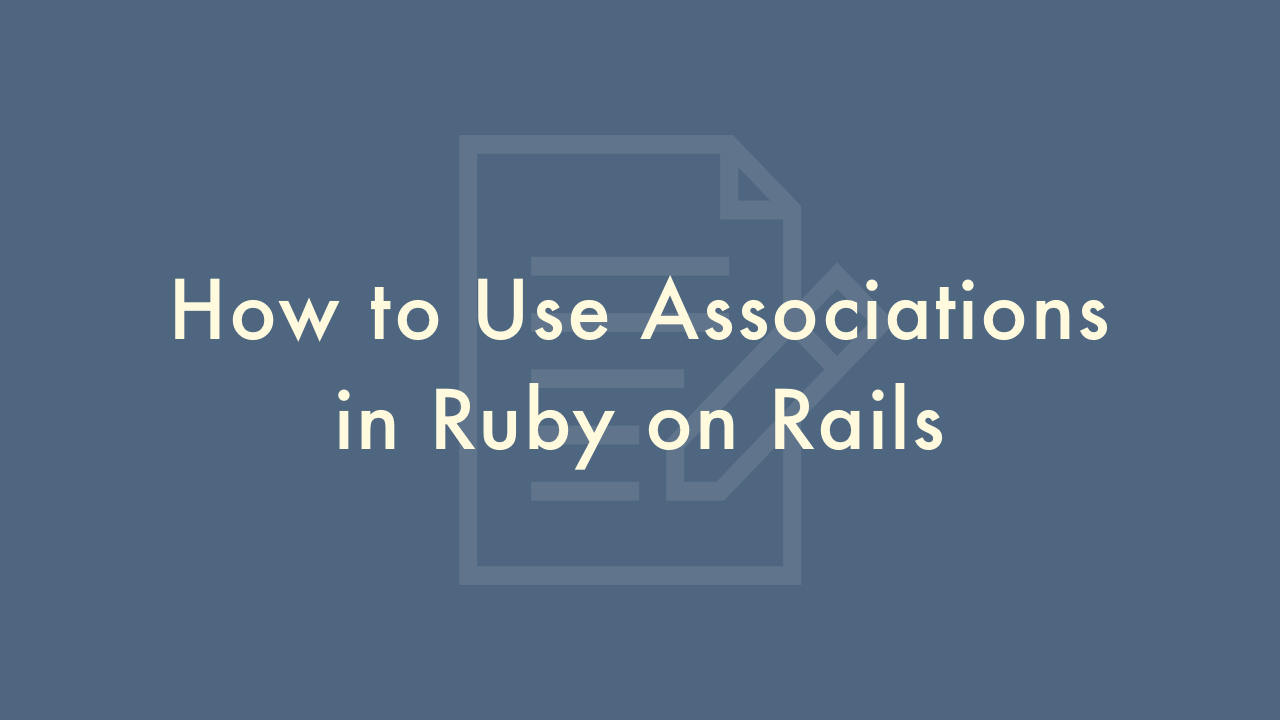How to Use Associations in Ruby on Rails

Contents
In this article, you will learn how to use associations in Ruby on Rails.
How to use associations
In Ruby on Rails, associations are used to define relationships between models. There are several types of associations that you can use, including:
- Belongs_to: This association is used when one model belongs to another. For example, a comment belongs to a post.
- Has_one: This association is used when one model has only one of another model. For example, a user has one profile.
- Has_many: This association is used when one model has many of another model. For example, a post has many comments.
- Has_many_through: This association is used when two models have a many-to-many relationship through a third model. For example, a user can have many groups, and a group can have many users.
To use associations in Ruby on Rails, you need to define them in your model classes. Here is an example of how to define a belongs_to association:
class Comment < ApplicationRecord
belongs_to :post
end
This code defines a Comment model that belongs to a Post model. You would define the corresponding has_many association in the Post model:
class Post < ApplicationRecord
has_many :comments
end
To use the associations in your application, you can use the methods that Rails generates for you. For example, if you have a post object, you can use the comments method to retrieve all the comments that belong to that post:
post = Post.first
comments = post.comments
This will return an array of Comment objects that belong to the post.
You can also use the association methods to create new objects. For example, to create a new comment that belongs to a post, you can do the following:
post = Post.first
comment = post.comments.create(content: "This is a comment")
This will create a new comment object and automatically set the post_id attribute to the id of the post.